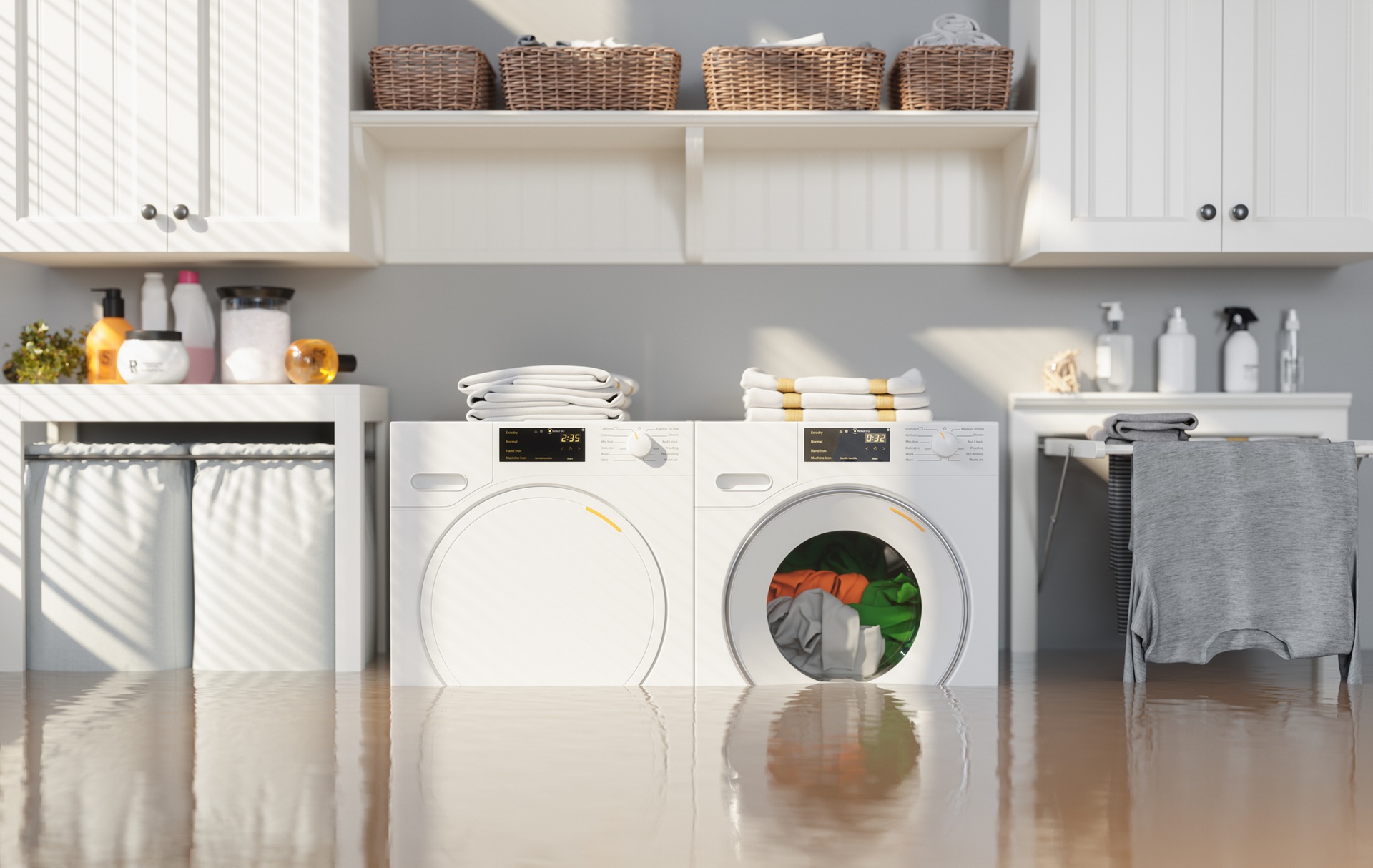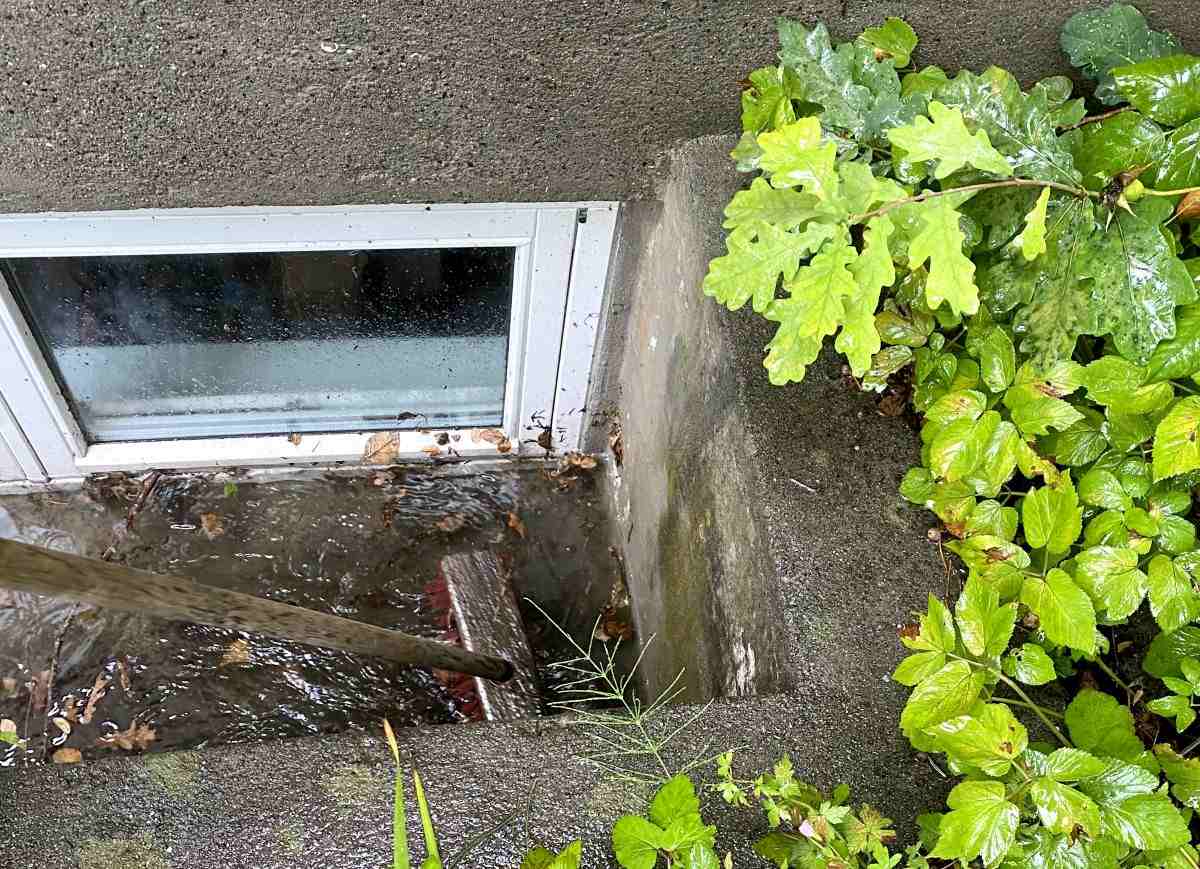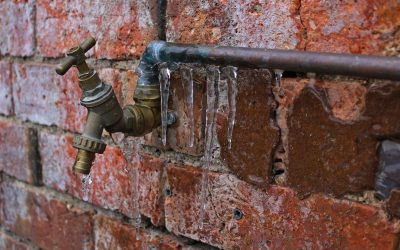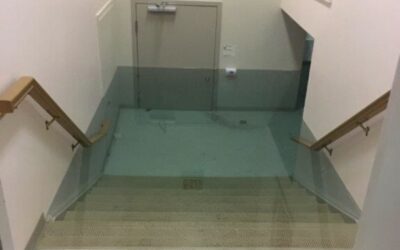6 Serious Causes of Wet Basements and How to Fix Them Fast
A wet basement can lead to costly damage, structural problems, and serious health risks like mould and mildew. For homeowners in London, Ontario, these issues are far too common — but they’re also preventable.
At Best Plumbing and Drainage Contractors, we’ve been solving wet basement problems since 1972. With over 50 years of experience, our expert team helps homeowners identify the source of basement moisture and implement long-term waterproofing solutions.
In this guide, we’ll break down the six most common and serious causes of wet basements and explain how to fix them — with expert advice, maintenance tips, and professional solutions.
Why Do Basements Get Wet?
Wet basements are caused by a range of plumbing and drainage problems. Some are structural, while others stem from neglect or poor maintenance.
The most common causes include:
Sump pump failure
Compromised weeping tile systems
Blocked or damaged window well drains
Sewer blockages and municipal surcharges
Foundation cracks
Poor exterior grading around the home
Let’s explore each one in detail.
1. Sump Pump Failure
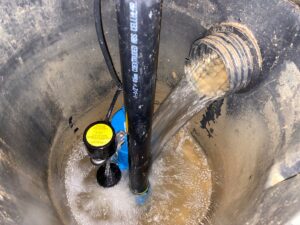 Your sump pump is your basement’s first defense against flooding. It collects groundwater and pumps it away from the foundation. But if your pump fails or is undersized, water can quickly pool beneath your basement floor.
Your sump pump is your basement’s first defense against flooding. It collects groundwater and pumps it away from the foundation. But if your pump fails or is undersized, water can quickly pool beneath your basement floor.
Solutions:
Test your sump pump quarterly.
Clear the discharge pipe to prevent backups.
Install a battery backup sump pump to protect your basement during power outages.
Add an alarm system to detect sump pump failure early.
Read our article on sump pumps and power outages for more tips.
2. Compromised Weeping Tile Systems
Weeping tiles are essential under the Ontario Building Code for managing groundwater around your foundation. These perforated pipes direct water to the sump pit or municipal drain.
Problems occur when:
The tiles are clogged with sediment.
The system is broken or outdated.
The water has nowhere to drain.
Solutions:
Schedule regular inspections and weeping tile flushing.
Upgrade to modern PVC systems if your home has old clay tiles.
Connect the weeping tile system directly to a sump pit and pump.
Learn more about our wet basement services to see how we can help.
3. Window Well Drainage Problems
Basement windows that sit near ground level are vulnerable to flooding without proper protection.
Window wells should:
Include drains connected to your weeping tile system.
Be free from debris like leaves and dirt.
Help redirect water away from the home.
Solutions:
Clean window wells at least twice a year.
Ensure the drains are clear and functional.
Install window well covers to reduce debris buildup.
4. Sewer Blockages and City Infrastructure
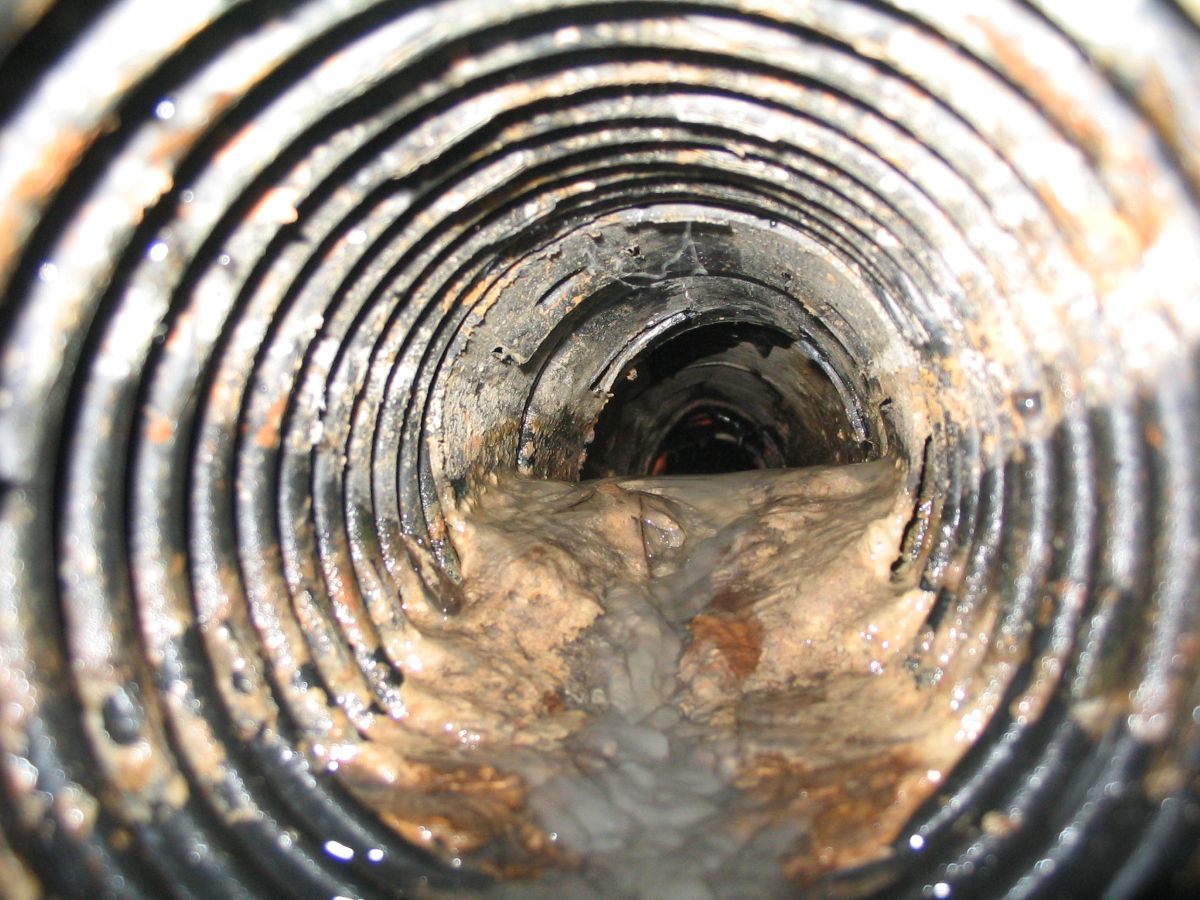 Your home’s sewer line must stay clear to prevent flooding. If your system backs up, water and sewage can enter your basement.
Your home’s sewer line must stay clear to prevent flooding. If your system backs up, water and sewage can enter your basement.
Additional risk comes from:
Heavy rain overwhelming city sewers.
Weeping tiles that connect to the sanitary sewer system.
Aging pipes with cracks or tree root infiltration.
Solutions:
Schedule a video sewer inspection annually.
Use professional eeling or flushing to clear blockages.
Install a backwater valve to prevent city sewer surcharges. (City of London grants may apply.)
Disconnect weeping tiles from the sewer and reroute them to a sump pit.
Learn more in our article on sewer cleanouts and maintenance.
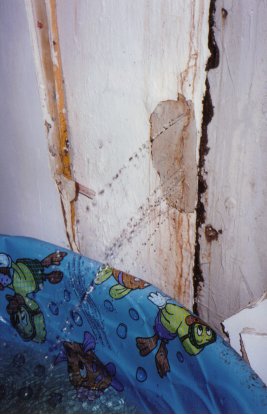
5. Foundation Cracks
Cracks in your foundation let groundwater seep into the basement. These cracks may widen over time due to temperature changes or soil pressure.
Solutions:
Inspect your foundation walls regularly for signs of cracking or flaking.
Seal small cracks with interior or exterior injections.
Waterproof the exterior walls with drainage boards and membranes.
All our foundation waterproofing comes with a 20-year warranty.
Read our advice on how to stop water seepage through concrete walls.
6. Poor Grading Around the Home
If the soil around your home slopes toward the foundation, surface water can pool at the walls and eventually seep inside.
Solutions:
Regrade soil to slope away from the house (minimum 6 inches over 10 feet).
Extend or bury downspouts so water discharges far from the foundation.
Use pop-up emitters or catch basins for better control.
Install French drains to redirect surface water.
Need more help? See our drains and sewers service page for long-term solutions.
Why Choose BEST Plumbing and Drainage Contractors?
Best Plumbing and Drainage Contractors is London’s trusted choice for waterproofing and drainage repair. Since 1972, we’ve built a reputation for excellence, professionalism, and integrity.
Here’s what sets us apart:
50+ years of industry experience
Fully licensed and insured technicians
24/7 emergency service when you need us most
In-house waterproofing, drainage, plumbing, and excavation services
Long-term warranties on waterproofing and repairs
Hundreds of satisfied clients — read our reviews
Whether you need a sump pump upgrade, weeping tile repair, or complete basement waterproofing, we deliver dependable results backed by decades of experience.
Explore our full list of residential services to learn more.
Additional Prevention Tips
Keep your basement humidity under 50%.
Use a dehumidifier during wet seasons.
Insulate cold pipes to prevent condensation.
Check downspouts every spring and fall.
Inspect sump pumps and backup systems regularly.
We also recommend reviewing our guide on unclogging your basement drain for quick DIY solutions.
Need Help? Contact BEST Today
Don’t wait until a minor leak becomes a major flood. Wet basements can lead to health hazards, structural damage, and costly repairs.
Health Canada warns that indoor dampness and mould can affect your health — especially in children and seniors.
Learn more about mould and moisture risks
We offer free consultations and inspections in London, Ontario. Contact us today:
Call (519) 438-6565
Or reach us online
Let Best Plumbing and Drainage Contractors help you keep your basement dry, your home safe, and your property protected.


